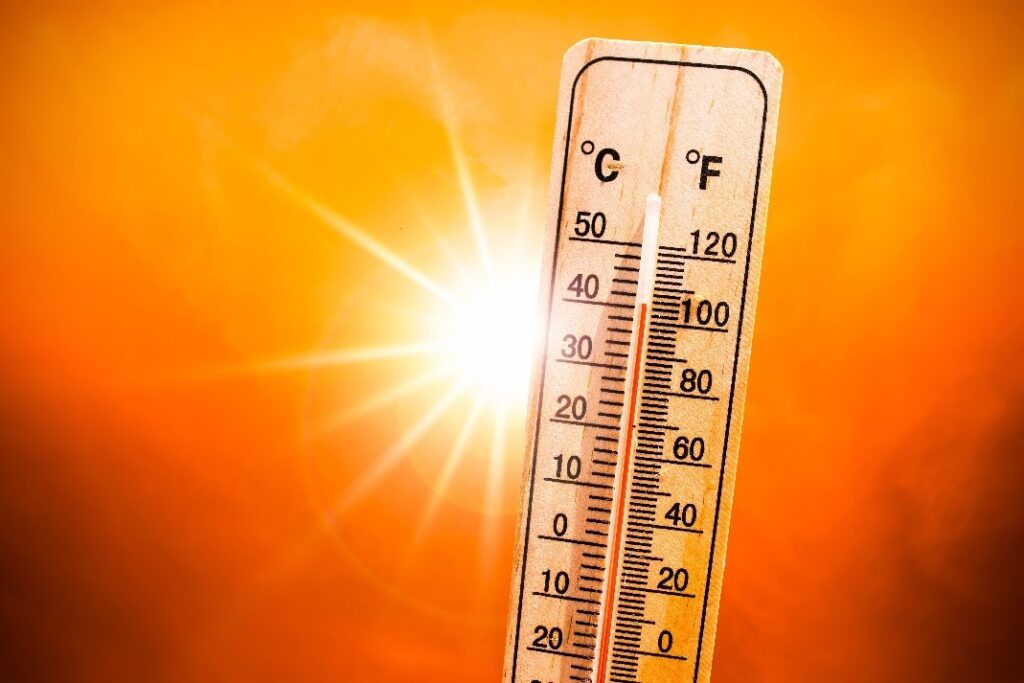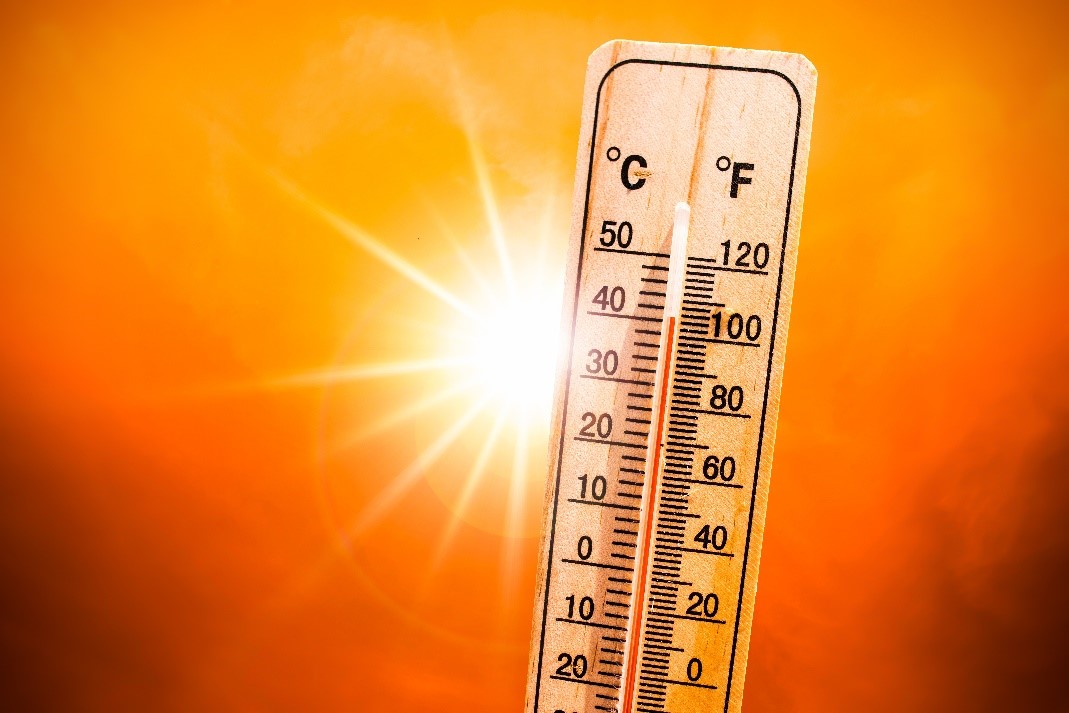The mercury is rising, and so does the risk of heat stroke for Las Vegas pets. This year our doctors and staff already have treated many pets due to emergency cases of heat stroke.

Dr. Debbie White,
By Debbie White, DVM
Who Can Get Heat Stroke?
Any of our domestic pets can suffer heat related illness. Dogs are the most commonly affected, but species like cats, rabbits, and domestic exotic pets can suffer from heat stroke if left in extreme outdoor temperatures without accommodations. Very young animals, elderly pets, or those with underlying health conditions may be less able to recover from heat’s effects.
At our hospital, dogs are most common patients with heat stroke due to factors like outdoor exercise, anxiety, underlying health conditions, and of course, extreme outdoor temperatures. Dog breeds with “smooshy” faces like Pugs, Bulldogs, French Bulldogs, and Boston Terriers are at greater risk of heat stroke. Their short face and upper airway conformation challenges their ability to breathe and cools themselves.
Rabbits are the next most common species for heat stroke since they do not tolerate temperatures over 80 degrees and easily get heat stroke if left outdoors in heat. (Remember that outdoor bunnies have burrows deep in the ground to escape the temps!)
Do not leave your dogs, cats, and caged pets in home unsupervised during the summer. Ensure a pet sitter checks on their wellbeing. We have seen serious and sometimes fatal cases of indoor rabbits, ferrets, birds and dogs develop heat stroke when the household air conditioning fails.

Signs & Treatment of Heat Stroke
Symptoms of heat stroke in dogs include excess panting, anxiety and thick ropy drool. As heat stroke worsens, dogs may vomit, have diarrhea, and develop blueish tongue, have difficulty walking, and collapse. Shock sets in as high body temperatures over 106 degrees damage the brain, respiratory system, kidneys, and digestive tract.
Heat stroke is a medical emergency. Prompt veterinary care is vital and delaying a veterinary visit by relying on home care alone can jeopardize survival. In hospital care consists of intravenous fluids, emergency medications, and gradual cooling.
If you suspect heat stroke, remove your pet from the hot environment, apply cool towels to underbelly, and get to a veterinary hospital. Avoid plunging your pet into very cold water or ice baths as it will worsen a pet’s odds of surviving heat stroke. Intense cold and ice causes capillaries to constrict, trapping heat in the body core and prolonging dangerous heats effects on the vital organs in the body.
Final Thoughts
- Keep pets indoors during extreme heat. Outdoor cooling resources like doggie pools, misters, shade structures and ice blocks may not be enough to avoid heat stroke.
- Remember heat stroke can occur during the day…and after dark. Evening desert temperatures remain dangerous well after sunset.
- Avoid exercising your dogs during high heat. Limit activity to low intensity activity early in the morning, preferably before sunrise.
- Do not leave dogs in cars. Even with windows open, the indoor of a vehicle becomes deadly within minutes. It’s best to leave your dogs at home while you do summer errands.
Plan ahead for your pet’s safety, stay cool in extreme temperatures, and avoid the dangers of summer heat.









